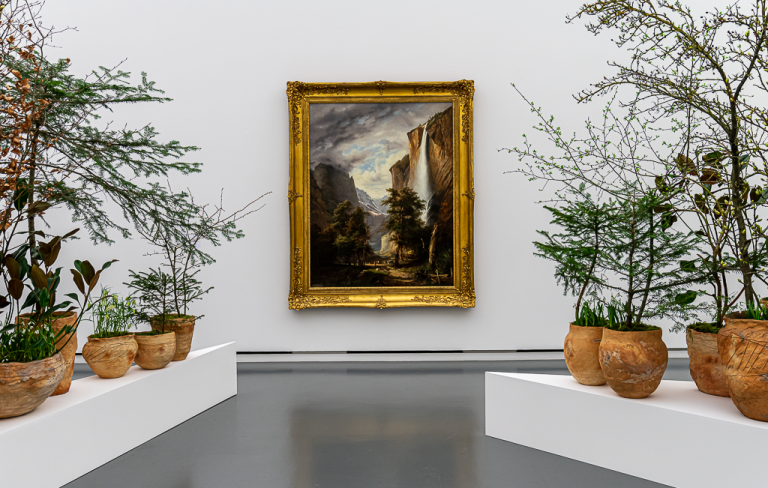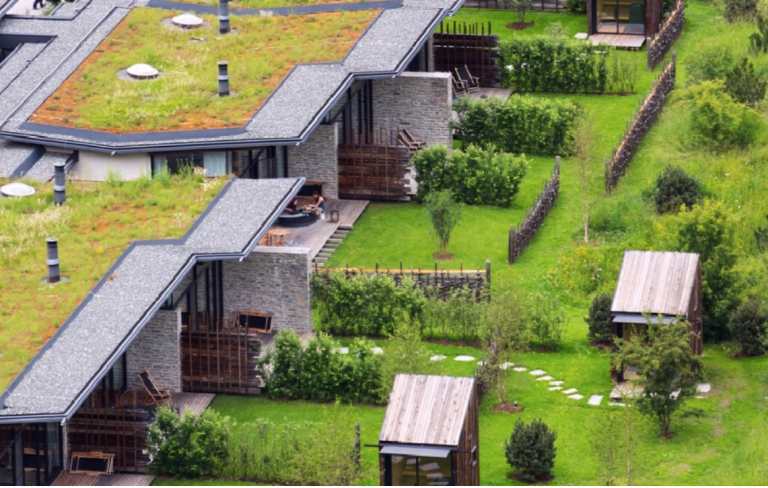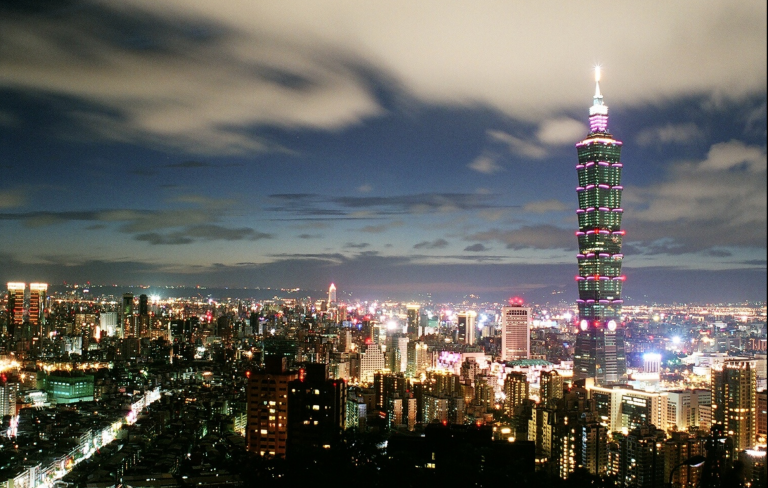The usual foliage is there in abundance, but the trunks of the emerging urban forests are made from bricks and mortar. The online magazine Luxury Defined from Christie’s International Real Estate meets the architects bringing the jungle to our urban centers. The article points out how architects and designers are increasingly shrouding and softening the hard-edged stone and concrete planes of urban buildings with lush vegetation. The first shoots of this green architecture trend sprang up in the 1980s, which saw the construction of the first vertical garden in Paris’s La Cité des Sciences et de l’Industrie, designed by botanist Patrick Blanc. Since then, vertical gardens have burgeoned, morphing and expanding into a relatively new phenomenon—the vertical forest.
This move towards green architecture is becoming increasingly ambitious from high-rise apartment blocks and buildings that house both residential and cultural facilities to entire cities. While the modern metropolis was once metaphorically dubbed a “concrete jungle,” a new breed of city is starting to resemble real jungles or forests, which can engulf an entire urban infrastructure—houses, offices, hotels, schools, hospitals, and environmentally friendly transport links.
A major pioneer in this field is Italian architect Stefano Boeri, who experienced an epiphany on a trip to Dubai in 2006 where he was perturbed by its sea of skyscrapers. “I thought, ‘Glass is an amazing material, but making everything in the desert out of glass—I’m not so sure,’” he recalls. “I started thinking we needed a new approach.” This led to the creation of his first vertical forest in the Porta Nuova area of Milan, completed in 2014.
Here we show you some examples of this new trend, that–according to Luxury Defined–is combatting “climate change because they are designed to mitigate the urban heat-island effect (urban areas that are warmer than surrounding rural land due to human activity) and encourage biodiversity. Today’s vertical forests absorb carbon, improve air quality, cool buildings, and reduce stress-inducing noise pollution.”
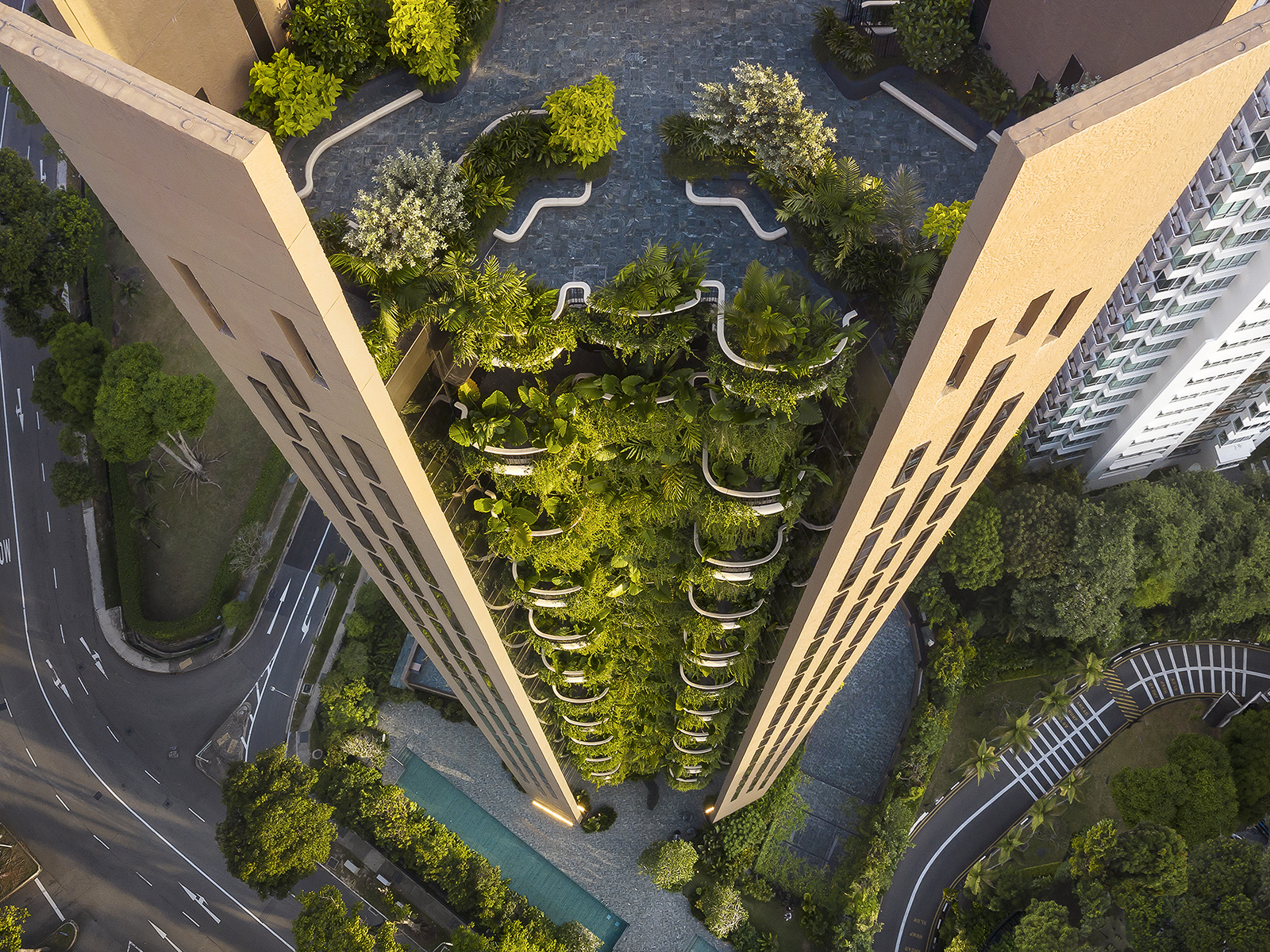
Thomas Heatherwick’s Eden project in Singapore features balconies that double up as vast planters to provide a verdant garden for each of its 20 apartments while promoting a sense of well-being in its residents. Credit: Hufton+Crow
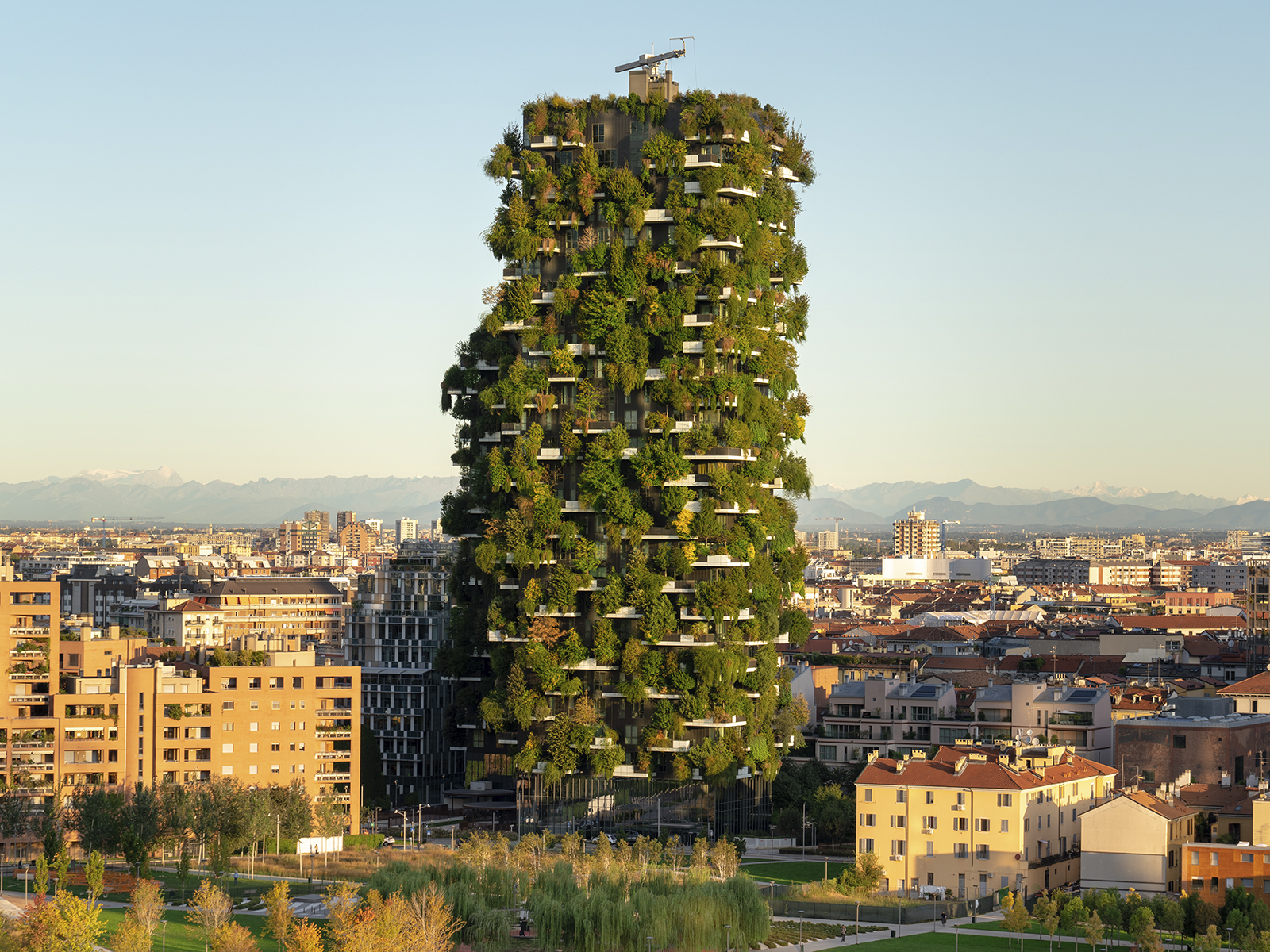
Bosco Verticale in Milan was conceived by Stefano Boeri Architetti, its vegetation covering all 44 stories of the residential towers. It has two trees, eight shrubs, and 40 bushes enveloping each apartment. Credit: Boeri Studio
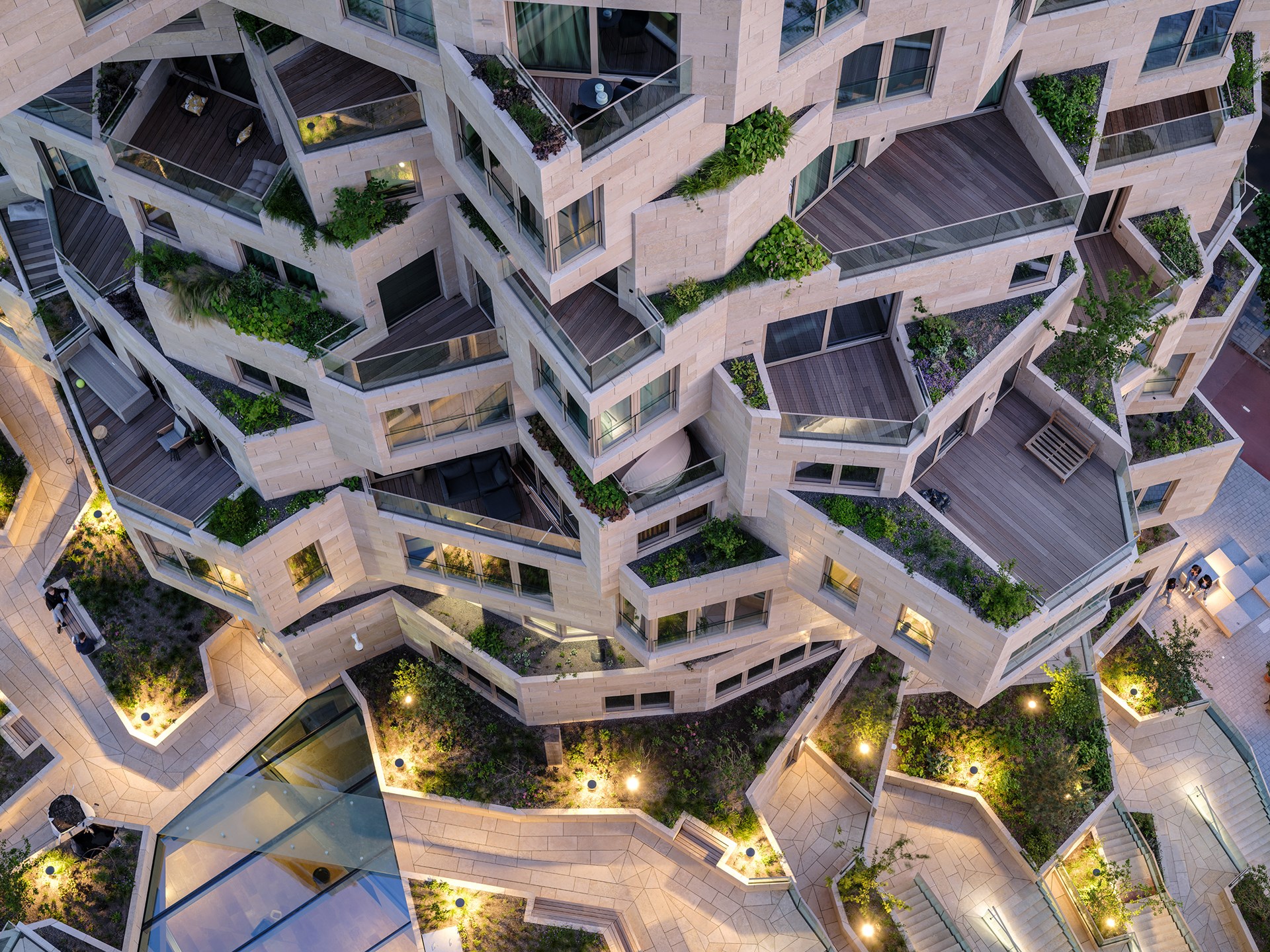
The Valley complex in Amsterdam, Netherlands, was created by MVRDV, its shape inspired by natural forms. Credit: MVRDV
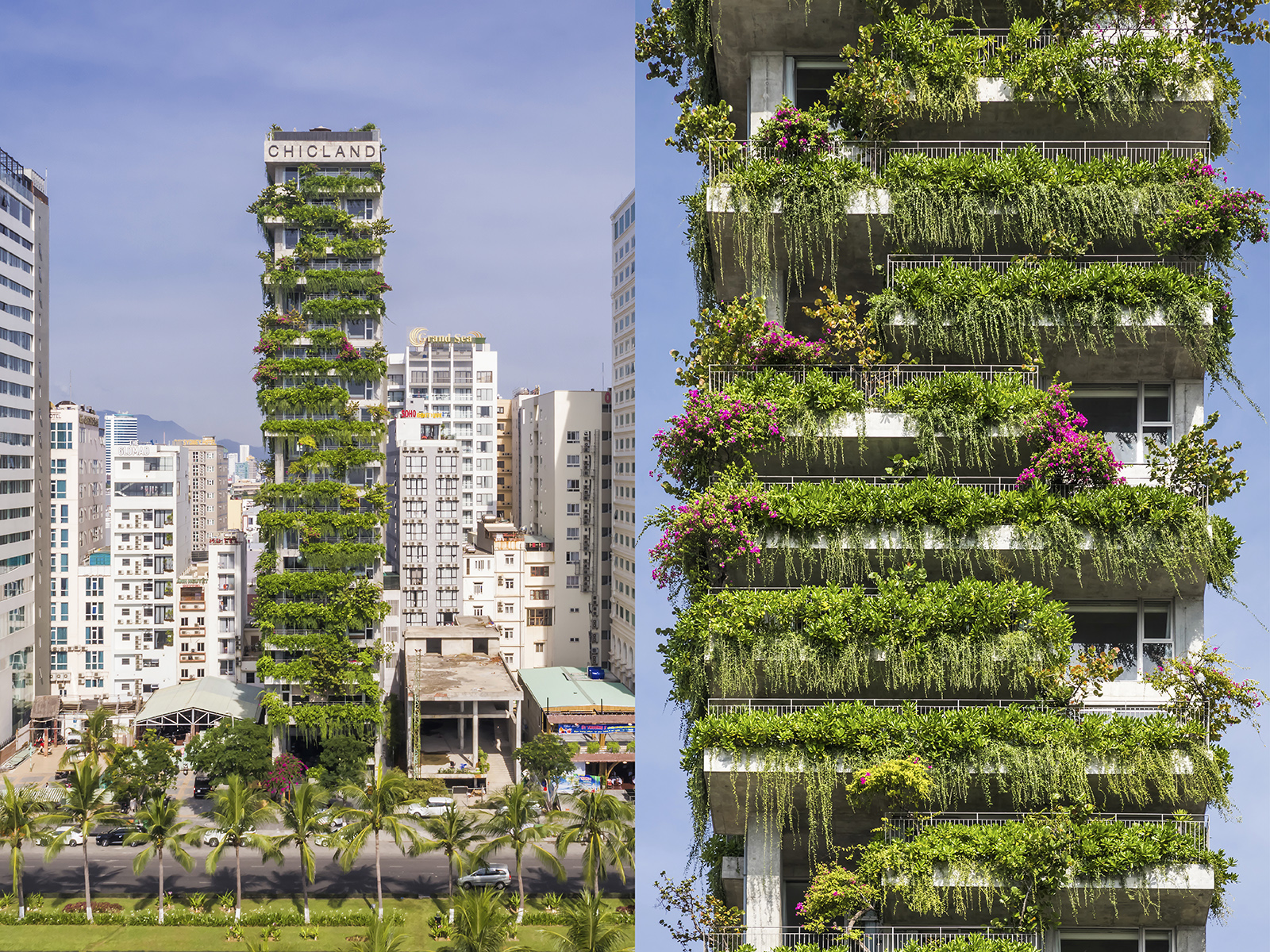
Chicland Hotel in Da Nang, Vietnam, was designed by VTN Architects with a living green façade that provides a cool and fresh ecosystem and an oasis of beauty in this bustling tourist destination.
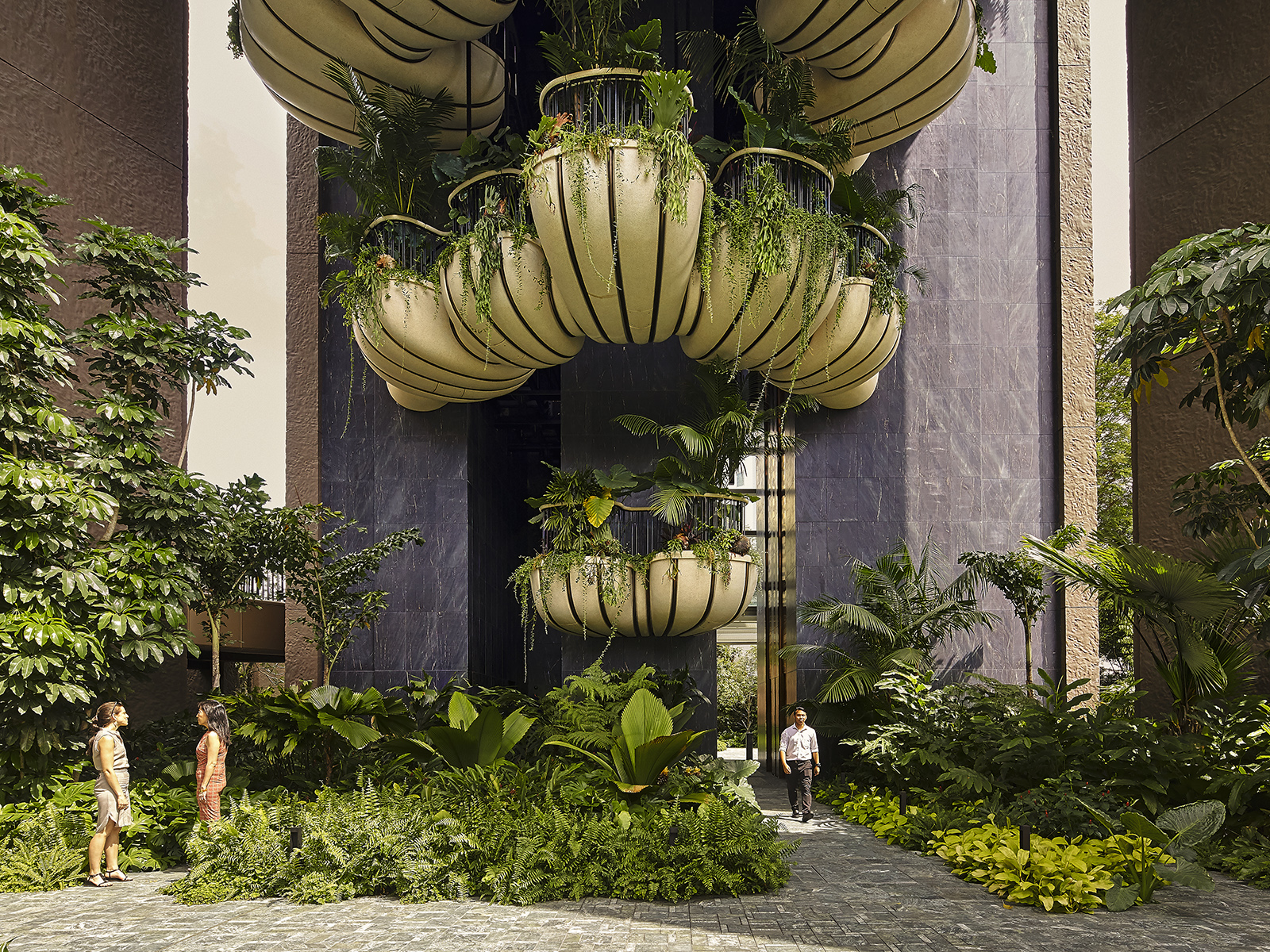
The planting at Eden in Singapore is not only ecologically important, it also creates a peaceful atmosphere from within the building. Credit: Hufton+Crow
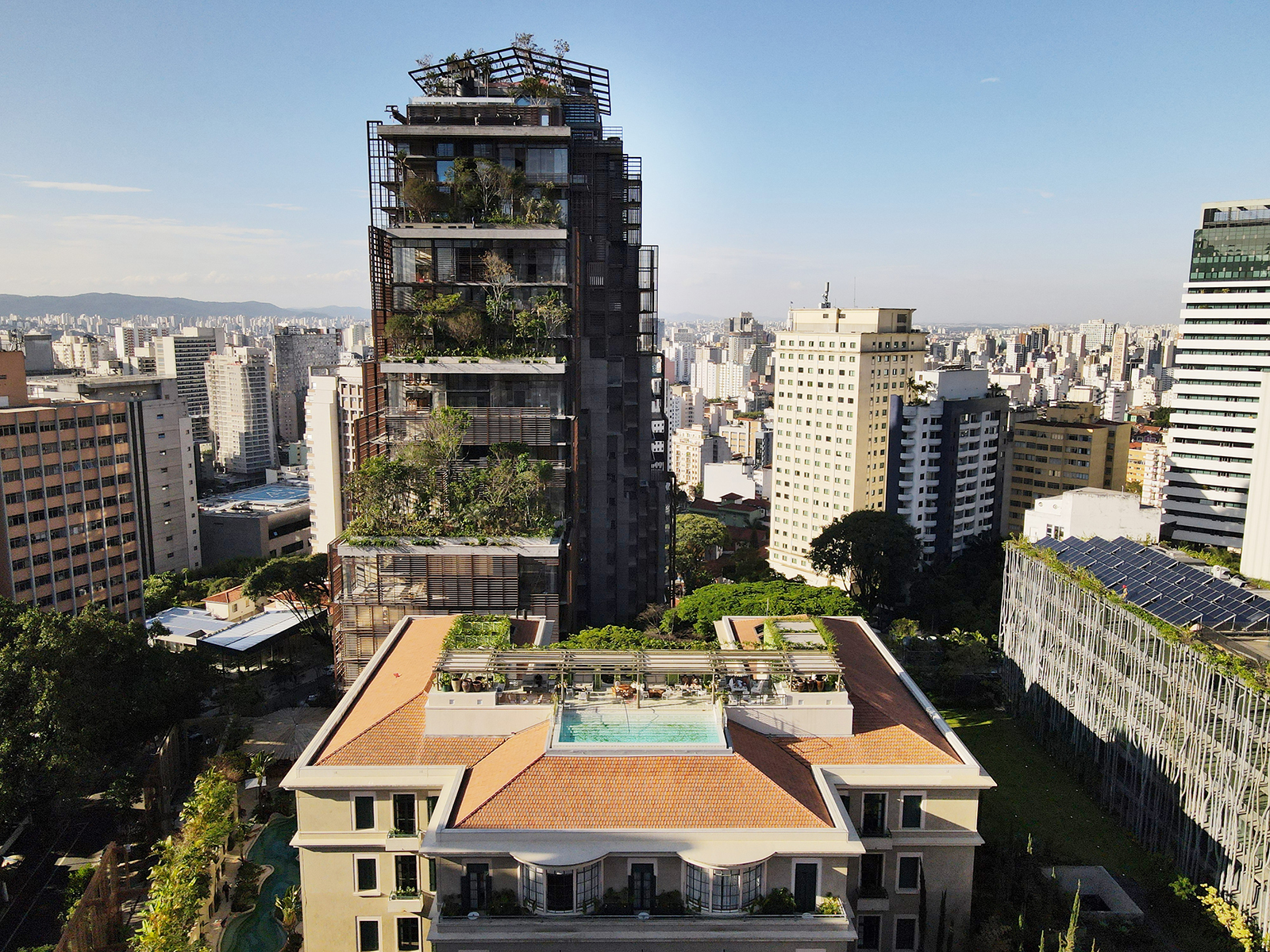
Jean Nouvel’s Mata Atlântica Tower at the Rosewood São Paolo Hotel is part of a biodiversity program that features native flora commonly found in Brazil’s Mata Atlântica rainforest
